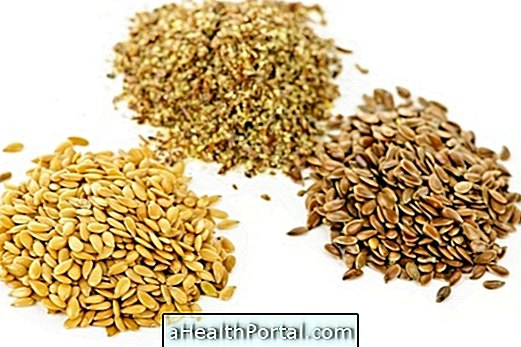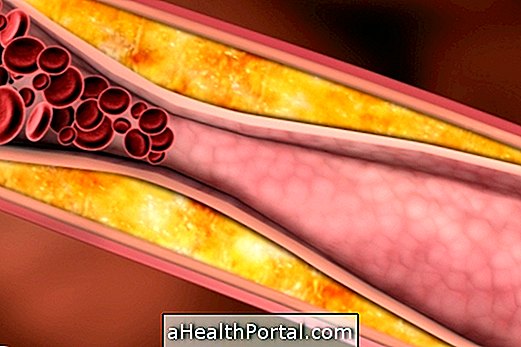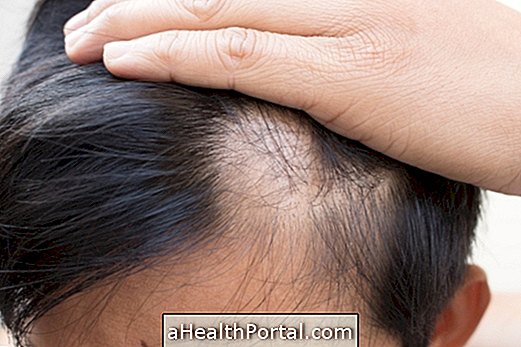Tendonitis is an inflammation of the tendon, a tissue that connects the muscle to the bone, which generates symptoms such as localized pain and lack of muscle strength. Its treatment is done with the taking of anti-inflammatories, analgesics and physiotherapy, so that the cure can be reached.
Tendonitis can take weeks or months to heal and it is important to treat to prevent tendon wear that may even cause your rupture, and surgery is needed to repair it.
First signs of tendonitis
The first signs and symptoms caused by tendinitis are:
- Pain located in the affected tendon, which worsens on the touch and movement;
- Burning sensation radiating,
- There may be local swelling.
These symptoms may be more intense, especially after prolonged resting of the limb affected by tendonitis.
The health professionals most likely to diagnose tendonitis are the orthopedist or physiotherapist. They may perform some exercises and palpate the affected limb. In some cases, additional examinations such as MRI or CT may be necessary to assess the severity of the inflammation.
How to treat
In the treatment of tendonitis it is advisable to avoid making efforts with the affected limb, taking the medications indicated by the doctor and conducting the physiotherapy sessions. Physical therapy is important for treating swelling, pain and inflammation. In the more advanced phase the physiotherapy aims at strengthening the affected limb and this is an important step because if the muscle is weak and the patient makes the same effort, the tendonitis may reappear.
See how treatment for tendonitis can be done.
See more tips and how power can help in the following video:

Professions most affected by tendonitis
The professionals most commonly affected by tendinitis are those who perform repetitive movements to perform their function. The most affected professionals are usually: telephone operator, machine operator, pianists, guitarists, drummers, dancers, athletes such as tennis players, soccer players, volleyball and handball players, typists and stevedores.
The sites most affected by tendinitis are shoulder, hands, elbow, wrist, hip, knees and ankle. The affected area is usually on the side where the individual has the most strength and is the member he uses most repeatedly in daily life or at work.

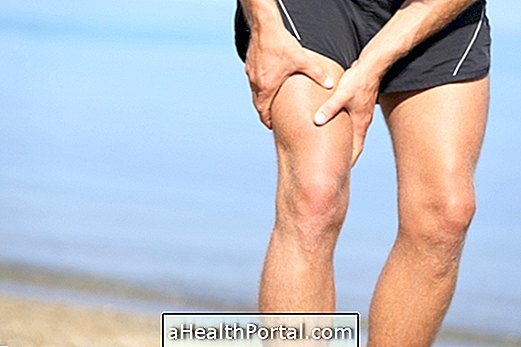

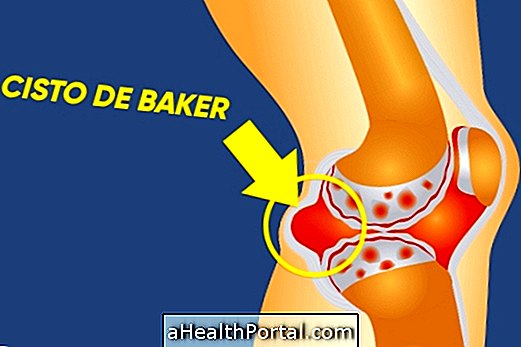

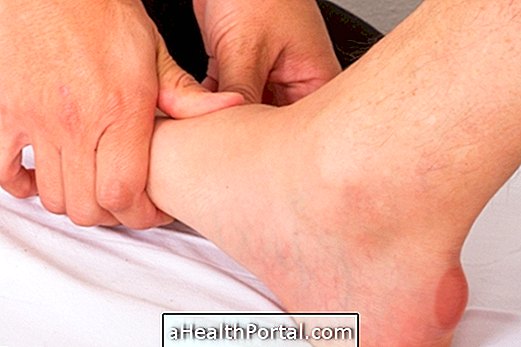



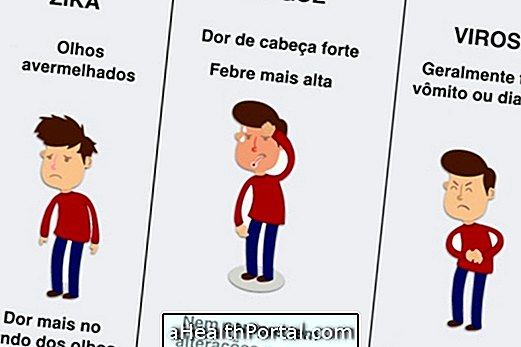


-o-que--sintomas-e-tratamento.jpg)





